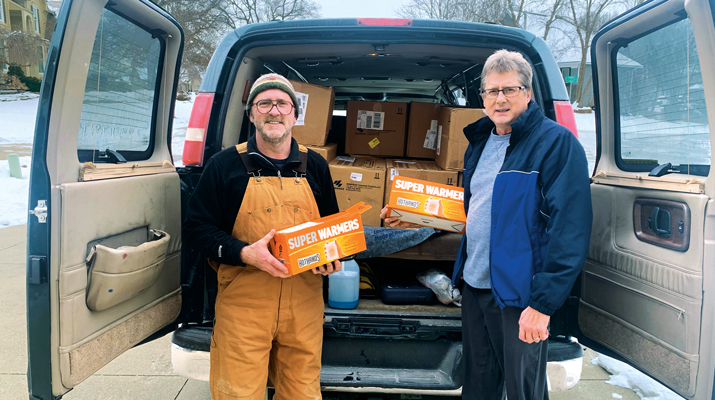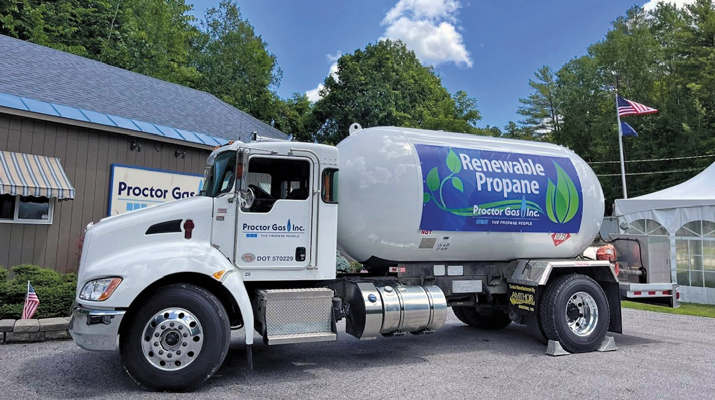Developing a propane safety plan to increase compliance
 During any presidential race, candidates are challenged to come up with strategies for their political platform. From gun control to immigration to racial profiling, hot topics create strategies for controversial solutions.
During any presidential race, candidates are challenged to come up with strategies for their political platform. From gun control to immigration to racial profiling, hot topics create strategies for controversial solutions.
At first, this sounds simple, but it’s not. Experience tells us it’s tough going from a strategy to a solution, or in the propane industry from a safety strategy to compliance.
Propane safety relies on code compliance – it’s that simple. Unfortunately, implementing a compliance strategy can be complicated. Code compliance is complex because individuals make independent decisions as to whether they comply in the field, at the plant and in the office.
Two winters ago, a propane marketer had a bulk truck and train incident, damaging the back of a bulk truck and the front of a train. I asked the owner, “How do you hit a train at a crossing when you have to stop and put your flashers on?” The owner went on about how he was his company’s best driver and that he has learned his lesson. The insurance carrier wanted to exclude the driver. After reviewing the driver’s record and extended hours of service, I petitioned the insurance company to put the driver on probation and they did.
To date, this employee has been ticket and incident free. I believe in giving people second chances if they see the light. On the other hand, his failure to comply with code could have been an expensive liability nightmare. He is lucky to be alive, let alone have a job.
A year later, a fire at a customer home resulted in one fatality. A review of the records indicated that the customer was out of gas two fills earlier and that the driver failed to perform a leak check. The cause turned out to be unrelated to propane, and the gas company was never brought in. The owner became irate after I challenged the company’s lack of compliance and suggested the company was lucky some plaintiff’s attorney didn’t hand it its lunch, liability wise.
There are some in this industry who use situational ethics when it comes to executing safety strategy. Their motto is no harm, no foul. They feel that work-related accidents just happen. I believe blind optimism in the face of potential hazards is a bad safety strategy, though.
I see this kind of attitude from different individuals or companies all over the country. No state or territory has the franchise on bad safety judgment, and unfortunately these bad judgments only come to light after an accident.
I often get the question: How do marketers making bad judgments always seem to get insurance? On the legitimate side, I work closely with companies to rehabilitate image and help build defendable safety strategies designed to establish partnerships with insurance companies. However, there are still agents and companies out there that fail to supply or look at loss runs and experience prior to undercutting the price. Ethics in the insurance industry are just as important as ethics in the propane industry.
I recently noticed a bulk truck loading from a storage facility on a major highway without blocks down. One of my safety friends and I discussed the merits or perils of notifying the company. His take was that it’s a small infraction and may anger management. My take is that when we ignore one measure required by the Department of Transportation, we probably ignore others in the course of a day. I view every safety infraction as a possible accident waiting to happen. So I called the company, sent it the photo, and those responsible for compliance appreciated it.
Successful companies understand compliance is not an option in the quest to implement safety strategy. It is an essential part of our industry’s integrity.
At your next safety meeting, discuss safety strategy and the obstacles that make compliance difficult.
Jay Johnston (www.thesafetyleader.com) has 42 years of experience as an insurance executive, safety management consultant and inspirational safety speaker in the propane industry. Jay is the publisher of The Safety Leader newsletter and author of the book “The Practice of Safety” and can be reached at jay@thesafetyleader.com or 612-802-0663.

















awesome plain and simple you hit the preverbal nail on the head with this excellent article you wrote what everybody knows and ignores thank you